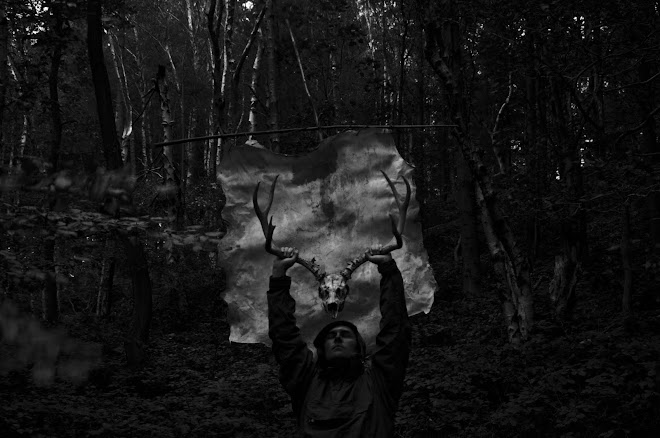


Lying awake one night having eaten and drank enough to sicken a pig I decided that an early morning walk was needed to freshen up a digestive system that was in danger of working by gravity alone. So at 6.15am I slipped out of the apartment and walked across the hissing lawns towards the large expanse of scrubland to the east of the hotel and the access road to the Cami de Cavalls, an ancient coastal bridal-path running around the entire island that was used by the British during the Napoleonic wars to look for French warships and pirates.
The sun had not yet cleared the horizon and the sea and sky were a dull iron-grey in the pre-dawn light. Moving through the watered hotel grounds to the browner scrub beyond I startled several rabbits that were grazing on the lawns, their white tails bounding as they disappeared into the long grass. It was here that it became clear just how much of an oasis the hotel was and how much water it consumed on this arid island – the demarcation between verdant green lawn and brown dry scrub was sudden and clear.
At first glance the substrate along the trail did not present a promising tracking medium. 24 hours earlier a very intense but short-lived electric storm had dramatically doused the southern end of the island with extremely heavy rain but with temperatures on cloudy days reaching 28C and on sunny days as much as 36C the stony ground was now baked hard again. The Cami de Cavalls itself consisted of exposed limestone pavement with gravel and sand between the bare rocks and varied in width from one to five meters. A low scrub of typical Mediterranean flora such as Thorny Broom (Calicotome infesta), Mediterranean Buckthorn (Rhamnus alaternus) and brambles grew along the edges of the path, with larger wind-sculptured Aleppo Pines (Pinus halepensis) and bushy wild olive trees (Olea europaea ) rising above at intervals. Weaving it’s way through the bushes and trees was Commom Smilax (Smilax aspera), a climbing plant with distinctive heart-shaped leaves and viscous, thorny prickles.
No sooner had I taken to the trail then the light of my torch illuminated a large interesting scat some meters into the bush. It was obvious that the scat was old by its dessicated texture but even in the light of the torch I could see that it consisted of hard clay-like matter at one end and rougher grass and vegetable fibers at the other; the whole was bound together with hairs, both black and brown.
The scat bagged I began to walk slowly along the path, shining my torch in front of me. At places along its length the Cami de Cavalls runs within a few meters of the sea and the booming of the waves against the cliffs and flat wave-cut platforms was constantly in my ears. Turning a bend on the trail I came upon a moth trap hung on a pine by the local authority. Large quantities of rabbit droppings had been deposited in middens between the raised rocky pavements and from a clearing along a stretch of cliff I watched the silhouette of a solitary goose flicker low over the waves as it flew northwards towards the headland at S’Algar.


No comments:
Post a Comment